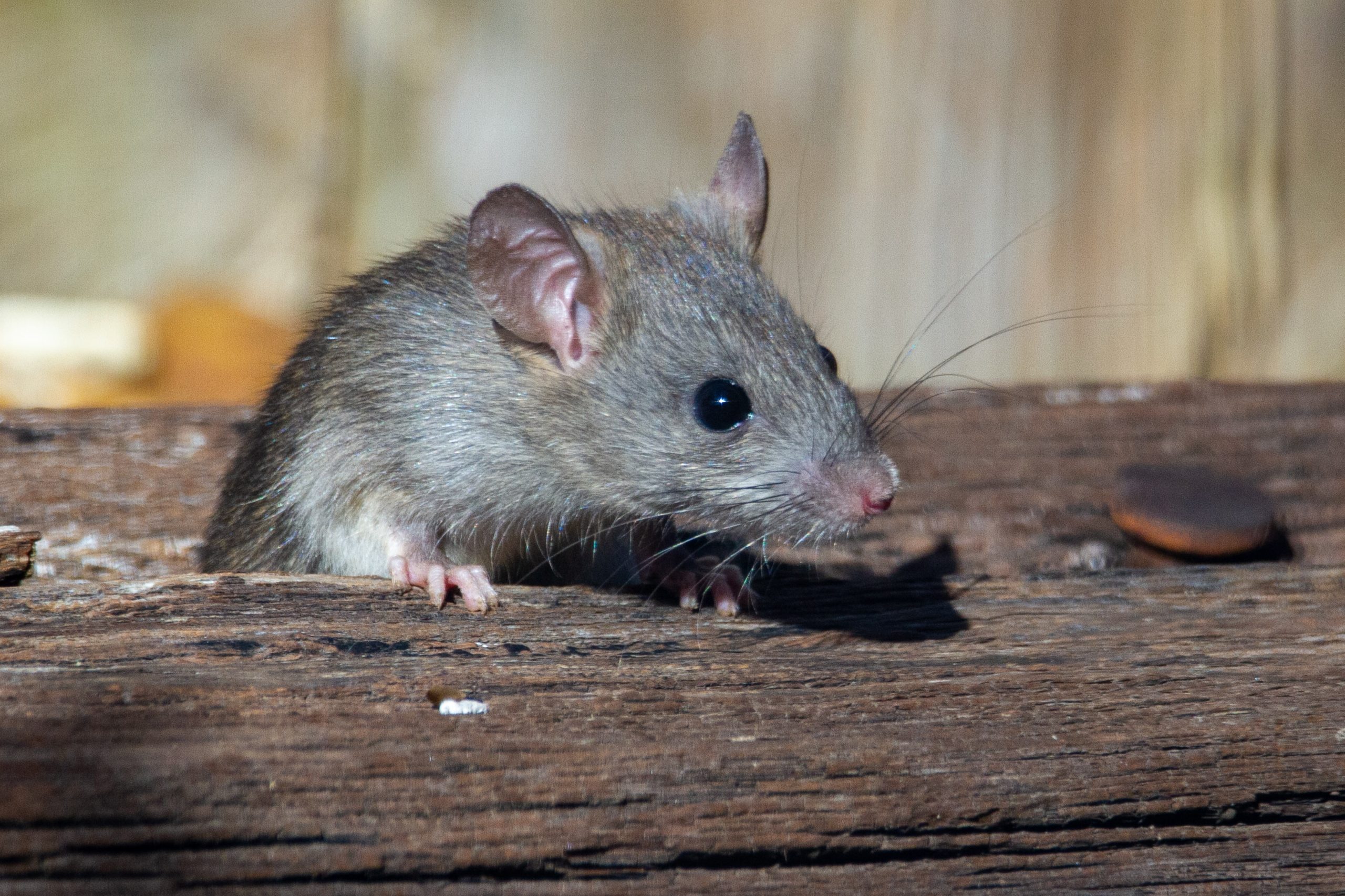No matter the season, rodents can remain active in our beautiful state though sometimes it just depends on where. During warmer months, rodents in California have plenty of resources to take advantage of outside. They can find adequate shelter and rich food sources on which to survive. However, once the temperatures begin to drop, many rodents seek warmth and food indoors whether that means in a home, business, or outbuilding. Let’s take a look at some of the most common rodents in California, how they behave, and what to do if you find yourself with an infestation.
California Rodents
The three most common rodents in California are the Norway rat, the roof rat, and the house mouse. Each can be distinguished by characteristics in their appearance and behavior.
Norway Rat
This large member of the mouse family can weigh up to a pound and averages 16 inches in length. Brown in color, the Norway rat’s tail is typically just a bit shorter than its body, which means it could have a tail of around seven inches long. It has short, dense fur that covers everything but its nose, ears, and tail which are bald. Norway rats live in large, male-dominated groups and can consume a wide variety of foods. This ability to find food sources in many things has contributed to the spread of the species as they can thrive in urban and rural areas with ease.
Roof Rat
This common California rodent is typically dark brown to black in color and can measure up to 18 inches in length. They are smallish and slender, weighing just five to nine ounces with large, hairless ears. Their tails are long, measuring up to eight inches, and appear scaly. The roof rat gets its name from tending to be found in the upper parts of buildings. They are common in coastal states and the lower part of the country. They have also been known as ship rats.
House Mouse
The house mouse is the most commonly encountered rodent in the country. It is round and small, measuring up to three inches in length with a tail of up to an additional four inches. They are dusty gray with a cream-colored belly and can reproduce rapidly. This common species is used in commercial lab testing as well.
Rodent Behavior
While each species may behave a little bit differently, most rodents are focused on two things: food and reproduction. Roof rats, Norway rats, and house mice are all omnivorous and can feed on a variety of things easily found in your home or business. They eat nuts, seeds, insects, plants, human food, and more. If they’ve entered your home to seek shelter from cold temperatures, they’re likely to set up a nest in a place without a lot of traffic but within easy reach of some sort of food source. Most rodents are active at night and sleep during the day. Rodents of many species can have several litters within a short timeframe, so that means an infestation can occur quickly. If you’ve seen a rodent, it’s likely you already have a problem.
Preventing an Infestation
Preventing an infestation can be easier said than done oftentimes. Rodents find ways of sneaking into your home despite your best efforts. However, following a few simple guidelines can give you the best chance of avoiding a rodent problem.
- Seal areas where they can get in. Rodents can squeeze through small spaces, so make sure that holes outside your home or business are sealed.
- Remove food sources. Don’t leave trash easily accessible. Don’t feed birds or other wildlife outside your home
- Remove nesting places. Keep your home and property clear of debris. Don’t pile up cardboard or mulch. Turn over compost piles frequently.
Signs of an Infestation
Even with taking precautions like those stated above, you can still find yourself with a rodent problem during winter in California. As noted, if you’ve spotted even one rodent in your home, it’s likely you have a full-blown infestation to deal with. Here are some other tell-tale signs of an infestation:
- Droppings. If you see droppings anywhere inside your home, there may be rodents living and reproducing there.
- Chewed materials. Rodents chew through wires, installation, and more. Gnaw marks are a clear sign of rodent activity.
- Signs of nesting. There may be shredded papers or nesting materials if rodents are present.
- Stale or foul smells. Rodents can be smelly alive and even more so if one has died and been left by the pack.
Handling a rodent infestation alone can be a big challenge. Calling in professionals, like those at AAI Pest Control at the first signs of a problem is key. Our multi-step process can target, evaluate, and effectively remedy the issue for you. With our service-to-service guarantee, you don’t have to worry about wasted costs either.
Contact us today for a quote and to find out more about our rodent control services.
Are Rodents Active in California Winters? Professional Pest Control Services in Tracy CA
Serving

